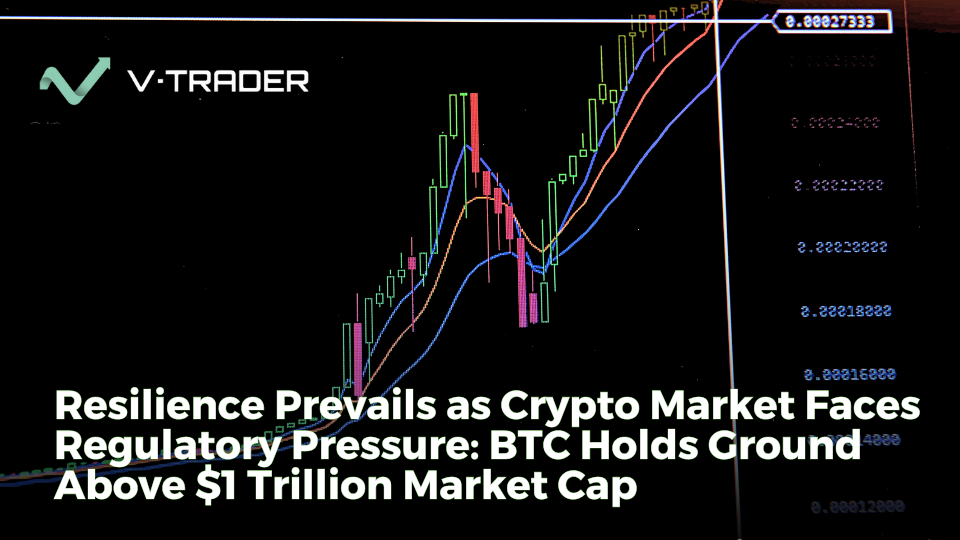Despite the bearish trend, Bitcoin and some altcoins demonstrate strength amid regulatory challenges.
Bitcoin and select altcoins have displayed resilience in the face of a continued sell-off in the crypto market, showcasing strength even as regulatory enforcement looms. The total market capitalization of cryptocurrencies has managed to stay above $1 trillion, defying market pressures.
Over the past eight weeks, a bearish trend has exerted downward pressure on cryptocurrency prices, resulting in the total market capitalization dropping to its lowest level in over two months at $1.06 trillion. However, this decline of 2.4% between June 4 and June 11 was not driven by Bitcoin (BTC), the leading cryptocurrency, which gained 0.8% during the same period. Instead, the negative pressure originated from a few altcoins that experienced significant plunges of over 15%, including BNB (BNB), Cardano (ADA), Solana (SOL), Polygon (MATIC), and Polkadot (DOT).
Multiple altcoins were recently tagged as securities in lawsuits filed by the United States Securities and Exchange Commission (SEC) against leading crypto exchanges Binance and Coinbase. Despite this regulatory crackdown, two derivatives metrics suggest that bullish investors have not given up yet, although breaking the bearish price formation may prove challenging.
In the U.S., crypto exchanges face severe constraints. Binance.US announced the suspension of U.S. dollar deposits and withdrawal channels, as well as the delisting of USD trading pairs. Meanwhile, Crypto.com stated that it would no longer service institutional clients in the United States. These actions, coinciding with the regulatory actions against Coinbase and Binance, have raised suspicions and drawn attention.
While Bitcoin remained resilient, Ethereum (ETH), the second-largest cryptocurrency, experienced a 3.5% decline between June 4 and June 11. Co-founder Vitalik Buterin’s remarks about the potential failure of the Ethereum network without successful scaling contributed to this dip.
Perpetual futures contracts, which include inverse swaps with embedded rates, indicate balanced demand from both leveraged longs and shorts. Notably, despite their significant weekly price declines, BNB, SOL, and ADA did not exhibit excessive short demand.
Tether (USDT) premium, a metric that gauges China-based retail trader demand, currently stands at 99.8%, indicating balanced demand from retail investors. This resilience is noteworthy given the 17.7% drop in cryptocurrency markets over the past eight weeks.
Despite the balanced demand reflected in derivatives and stablecoin metrics, it remains uncertain whether the market will break free from the bearish trend. Bulls are cautious about placing bets on a quick recovery, considering the regulatory uncertainty. However, bears seem comfortably positioned despite the market’s resilience in certain areas.
Disclaimer: Please note that this article does not provide investment advice or recommendations. Readers should conduct their research and assess the risks involved in any investment or trading decision. The views expressed in this article are the author’s alone and do not necessarily represent the views of vTrader News or its affiliates.
Written by Agbo Obinnaya.
Check out our Ethereum Gas Fee App on App Store.
Check out our Ethereum Gas Fee App on Play Store.
Join the conversation on Twitter: Click here.
For media inquiries or interviews, please contact us here.
About vTrader News:
vTrader News is a renowned international news platform with comprehensive coverage of cryptocurrency, business, finance, technology, and entrepreneurship.
With a global readership, vTrader News provides unparalleled insights into the latest developments shaping the world of cryptocurrency, finance, and other emerging industries.
Learn More About vTrader: Click here.


